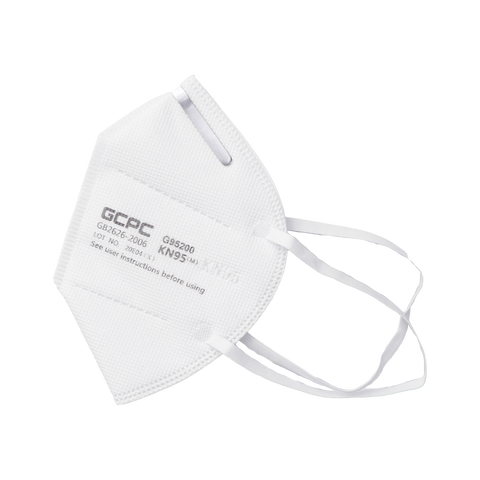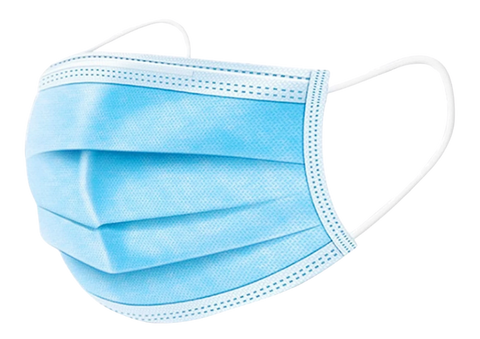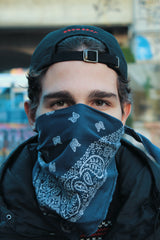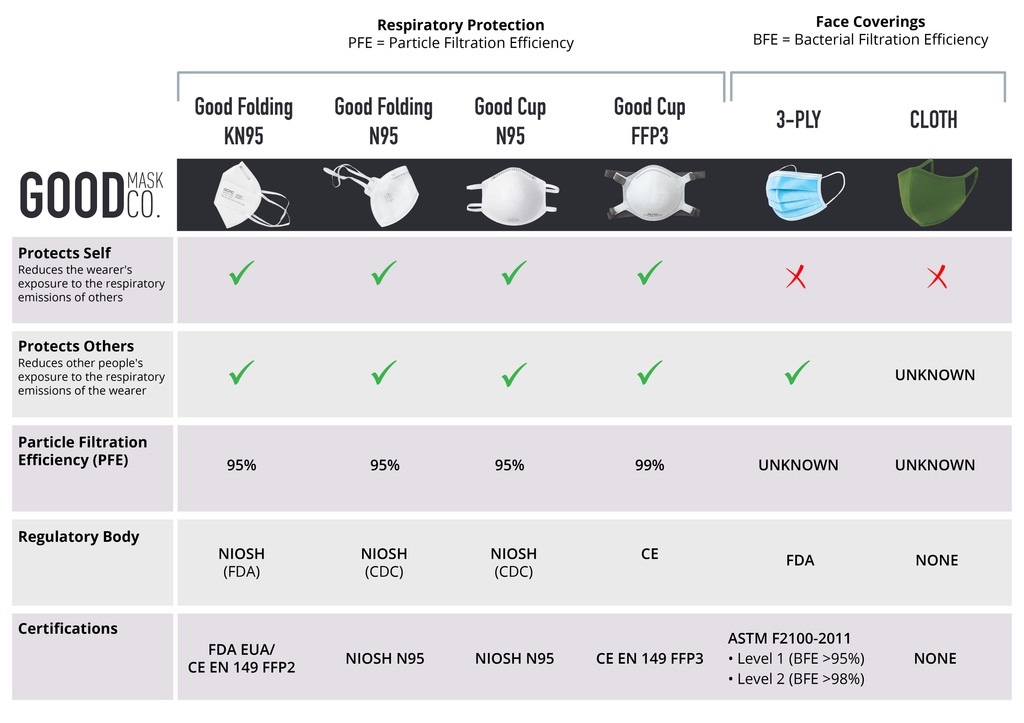Uncategorized
Face Mask Vs. Face Covering
Everyone is feeling overwhelmed by the public health crisis taking over the globe.
We’re here to distill confusing health information and make it easier to take action — starting with clearing up two phrases used interchangeably: “face mask” and “face covering.” The two aren’t the same, and their protection level against contracting COVID-19 isn’t the same either.
This article will explain the differences between face masks and face coverings, so you can protect yourself and others, whether at home or in public settings.
This article talks you through the following:
- What is a Face Mask?
- What is a Face Covering?
- Face Mask Vs. Face Covering
- Where is it Mandatory to Wear a Face Mask or Face Covering?
According to the CDC’s recommendations, and based on findings from many studies conducted since the beginning of the worldwide pandemic, the spread of COVID-19 is minimized when wearing face coverings and face masks.
So, which should you choose and why?
Let’s start with clearing up what they mean.
What is a Face Mask?
People use the term “face mask” to describe anything that goes over the face.
There are ski “face masks” and hydrating skin “face masks” because it’s an unregulated phrase. So, it’s essential to know which face mask effectively protects you and your loved ones from COVID-19.

While there are many options for face masks (like cloth face coverings or a 3-ply surgical mask), the very best is called a “respirator.”
Respirator Face Mask And Benefits
According to the Mayo Clinic, the respirator face mask is the most effective type of face mask.
There are various types of respirators, including N95 respirators, KN95 respirators, FFP1 respirators, FFP2 respirators, and FFP3 respirators.
Click here to see what each of those names means. (ADD LINK TO ULTIMATE GUIDE)
These respirators are the most effective because of their extreme level of protection against aerosols and respiratory droplets.
They filter more than 95% of tiny infectious particles out of the air and are labeled with a “Particle Filtration Efficiency” level of greater than 95%.
Originally designed to help protect from tiny particles and aerosols in construction sites and laboratories, many of these masks are not labeled “medical grade” simply because they were designed outside of medical use.
But rest assured, respirators with a particle filtration efficiency (or PFE) of greater than 95% are the gold standard for protecting against the COVID-19.
Because they filter small airborne particles, they keep you safer when you find yourself indoors and unable to adhere to physical distancing.
Respirator face masks provide 2-way protection for both the wearer and those around them, even if you’re in close contact. They’re tight-fitting on the wearer’s face, which prevents aerosols from entering or exiting the mask when someone sneezes.
Respirators are a disposable mask, which means they shouldn’t be reused, shared, or washed.
3-Ply Face Masks & Benefits

You’re probably most familiar with 3-ply face masks, which are typically seen in healthcare settings and referred to as surgical or medical masks. They are the second most effective choice of face mask against COVID-19. But they’re a far second because while they help protect people around the wearer, they don’t protect the person wearing the mask.
The 3-ply face mask is rated on a completely different scale than respirators. Instead of Particle Filtration Efficiency, it’s rated on Bacterial Filtration Efficiency.
3-ply masks are measured to filter 95% or more of bacteria, which means that less than 5% of bacteria can penetrate the mask.
Alas, COVID-19 is caused by a virus — which is much smaller in size than bacteria.
So, while they help prevent the spread of COVID-19 to some extent by keeping the wearer from spreading aerosols from sneezing and talking, 3-ply masks don’t stop the wearer from inhaling tiny SARS-Cov-2 particles.
What is a Face Covering?

A face covering is a type of face mask made with tightly woven fabric, such as a washable cloth face mask, but it could be something as simple as using a bandana or t-shirt to protect your face.
Face coverings are made mostly with repurposed materials such as cotton t-shirt fabric or repurposed garments such as scarves and handkerchiefs.
There are no regulations on face coverings, and their effectiveness has not been tested.
Non-Medical Face Coverings & Their Benefits
Face coverings act as a physical barrier between the wearer and those around them. The aim of a face covering such as a washable cloth face mask or scarf is to trap large released droplets when the wearer has released bodily fluids from the nose or mouth.
Cloth masks have no standards and can be made from just one layer of a loosely knit fabric. They are not recommended as a safe option for infection prevention.
Face Masks Vs. Face Covering
The benefits of face masks greatly surpass those of face coverings.

This chart shows the most important things for determining which face mask is the best for protecting you and the people you love.
As you can see, all the respirator masks check the most important boxes:
- They’re tested and certified to filter out the tiny particles that cause COVID-19.
- They fit tightly around the nose and mouth.
- They protect both the wearer and the people around the wearer.
- They’re regulated.
In conclusion, face masks better prevent the spread of COVID-19 when compared with face coverings.
For more information on the donning and doffing of PPE, read our previous blog post: PPE Donning and Doffing.
Cover photo by RF._.studio from Pexels.

